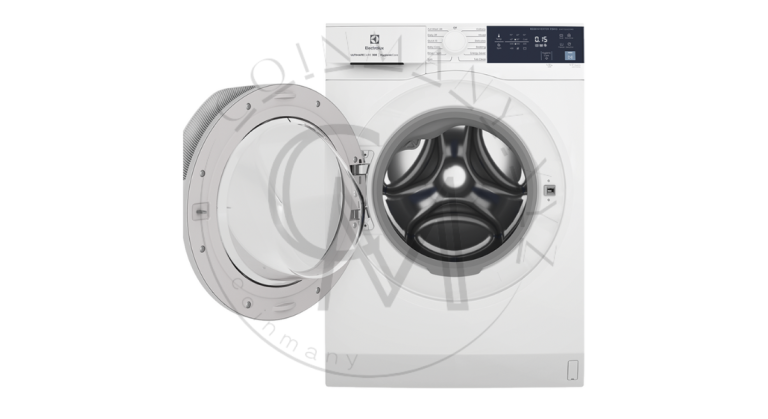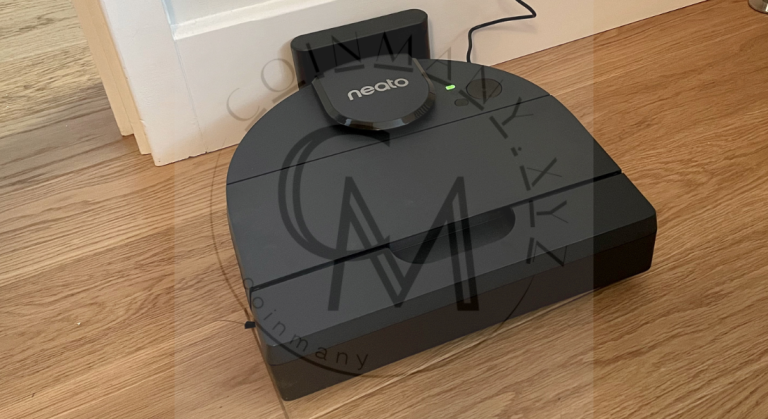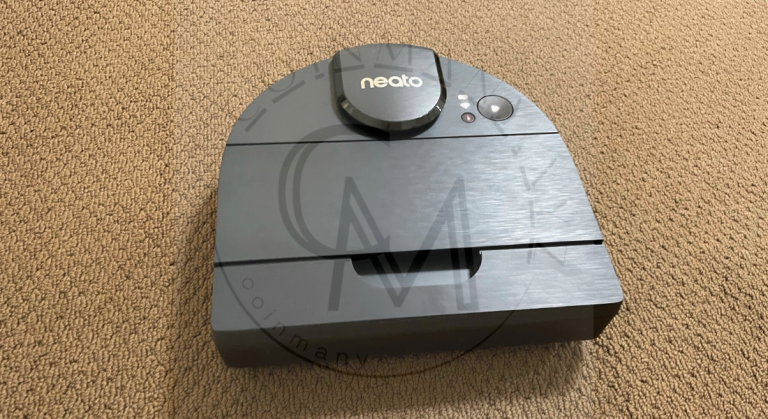
The preppy style, originating from the school uniforms of the prestigious Ivy League universities in the United States, has transcended its academic roots to become a global fashion phenomenon.
**The Genesis of Ivy League Style**
The term “Ivy” derives from the “Ivy League,” a group of elite universities in the northeastern United States. Ivy style emerged serendipitously through changes in university uniforms. Students of these institutions, known for their academic excellence, were also vibrant and athletic, participating in sports like rugby, tennis, badminton, golf, and rowing. This active lifestyle necessitated functional fashion: clothing had to be comfortable for both sports and academics. Hence, uniforms became more flexible, using lighter materials, and shedding traditional shoulder pads and stiff linings. Instead of formal shoes, students opted for loafers, and ties were worn more loosely.
Cultural Influences and Brooks Brothers

At an age ripe for self-expression, American students were influenced by global fashion movements like the Bright Young People in Britain, embracing a youthful, relaxed attitude towards clothing. However, the spread of Ivy style owes much to Brooks Brothers, a pioneer in ready-to-wear fashion. In the early 20th century, Brooks Brothers began mass-producing fashion, breaking away from the tradition of bespoke tailoring. Their ability to supply large quantities to universities made Ivy style accessible to many students. Oxford cloth button-down shirts became a staple, symbolizing the democratization of fashion. Even U.S. Presidents and the Prince of Wales have worn Brooks Brothers, highlighting its broad appeal.
Military Influence and Gender Inclusion
The 1944 GI Bill allowed war veterans to attend college, blending military and civilian fashion. Khaki chinos, originally surplus military fabric, became a staple along with Oxford shirts and loafers, solidifying the Ivy look.

With the advent of coeducational schools, women adopted the style: Oxford shirts, cardigans, plaid skirts, varsity jackets, and cashmere sweaters became part of the female wardrobe. This “library girl” look was both elegant and practical, combining academic seriousness with fashion.
The 60s Rebellion and Ralph Lauren’s Emergence
By the 1960s, American youth sought to differentiate themselves, signaling the coming era of counterculture and social reform. Amidst this climate, Ralph Lauren emerged, revolutionizing fashion with wide ties and unique shirt collars designed to complement them. His designs, reminiscent of Brooks Brothers but more fitted and stylish, quickly gained popularity. The 70s and 80s saw the peak of a new concept: Preppy.
The Preppy Handbook and 1980s Expansion
The term “Preppy,” rooted in preparatory schools, gained mainstream popularity in the 70s, largely due to Ralph Lauren’s Polo line. Preppy transcended clothing, encompassing a lifestyle marked by specific habits and values. Books like “The Official Preppy Handbook” detailed the quintessential Preppy persona, from cocktail preferences to reading habits, shaping a cultural identity.

The 1980s marked a period where anyone could aspire to be Preppy, driven by a desire for affluence. Ralph Lauren expanded Preppy fashion, blending it with Americana styles like cowboy, country, hippie, and equestrian themes. The result was a diverse yet cohesive fashion line, featuring hand-knitted sweaters, lambswool jackets, and bohemian accessories.
The 90s Hip-Hop Influence
The 1990s saw Preppy intersect with hip-hop culture. Groups like the Lo-Lifes from inner cities redefined Preppy fashion with a streetwear twist: unbuttoned shirts, baseball caps, sunglasses, chains, and hoodies. This blend of luxury and urban style, also embraced by brands like Tommy Hilfiger, created a unique fashion hybrid.
Cinema and Global Adaptation
Movies of the 90s, such as “Clueless,” popularized the “Preppy-chic” look, featuring elegant and stylish school outfits. Cher’s plaid mini skirts and blazers set fashion trends that resonate even today.
Across the globe, in Japan, the Ivy and Preppy styles took on a meticulous approach. Kensuke Ishizu’s documentation of Ivy League fashion in “Take Ivy” (1965) brought Japanese precision to American styles, leading to a deep appreciation for vintage and second-hand clothing. Japanese fashion meticulously cataloged and preserved these styles, offering a unique perspective and craftsmanship.
Contemporary Preppy and Legacy
Today, Ivy and Preppy styles continue to influence fashion. Simple yet elegant pieces like sweaters, Oxford shirts, and khaki pants remain wardrobe essentials. Nostalgic elements like turtlenecks, heavy coats, and berets have resurfaced under the “Old Money” aesthetic, combining classic elegance with contemporary flair.
In conclusion, the journey of Ivy and Preppy fashion from elite school uniforms to global fashion icons underscores the dynamic nature of style. What began as functional attire for Ivy League students has evolved into a timeless and versatile fashion genre, continuing to adapt and inspire across generations and cultures.
123tv.cloud• Read More
Stussy• Read More
Vanity Fair• Read More



